The challenge of World Cup expansion makes choosing national team coaches increasingly difficult.
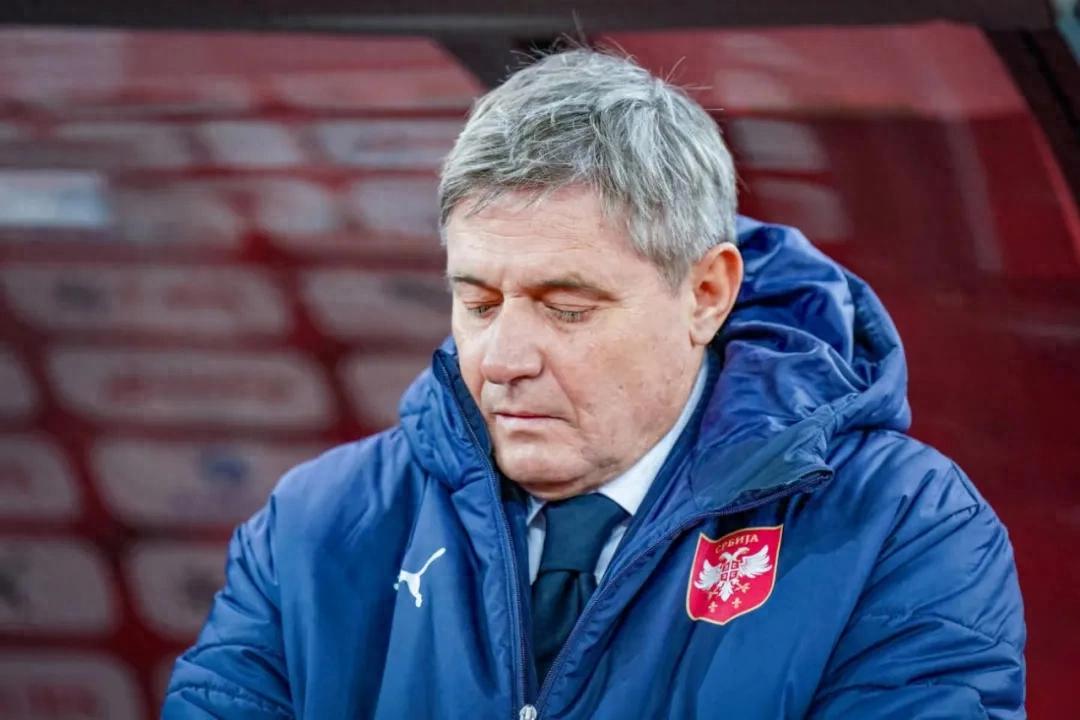
Written by Han Bing During the international break in October, four national teams underwent head coach changes: Stoiković (Serbia), Thomassen (Sweden), Hašek (Czech Republic), and Kluivert (Indonesia). More poignant are Cannavaro, newly appointed Uzbekistan coach before the matches, and Queiroz, aged 72, leading Oman. The former was overlooked in Italy but welcomed by the distant Central Asian federation; the latter returned to West Asia after 18 months unemployed, only to lose the meaning of his one-year contract after two playoff matches in three days. The role of national team coach is increasingly filled with unpredictable events.
The World Cup expansion is just the beginning of the upheaval in the ecosystem of national team football coaches. In just the last World Cup qualifying cycle alone, at least 86 coaches have been replaced. This includes not only world champions like Brazil and Italy but also many second- and third-tier teams now seeing a chance to qualify. In Asia alone, nine teams changed coaches, with Uzbekistan, Qatar, and Oman replacing coaches twice.
The national team coaching ecosystem is more turbulent than before, and top-level coaches are becoming harder to find. Coaches dismissed from club football often move into national team roles, while many existing national team coaches are still shifting positions. Together, these factors create a vicious downward spiral for the environment surrounding national team head coaches.
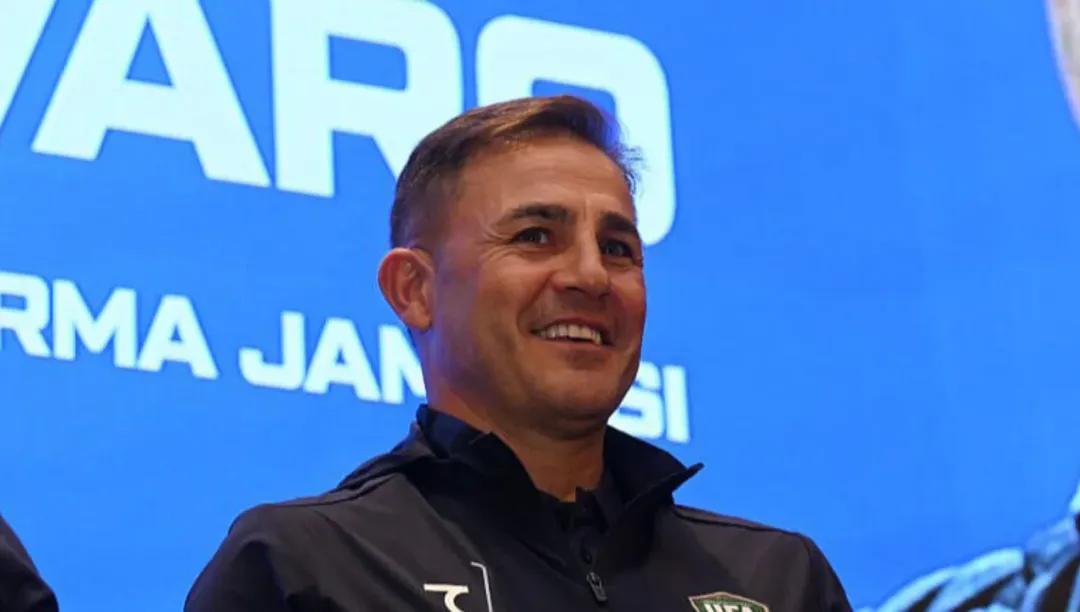
▲Cannavaro, unattractive in the club market, has become a sought-after candidate in the national team arena.

Within roughly one year of World Cup qualifiers, 86 coaches from participating teams have been dismissed—a staggering figure. In the 32-team era, coach dismissals mostly occurred in teams with realistic qualification hopes but poor performances. Now, due to the expanded World Cup, the survival crisis for national team coaches has grown by at least 50%. For example, four years ago in the final round of qualifiers, only Iraq, Syria, and China changed coaches, accounting for 25% of teams. This time, nine out of 18 teams replaced coaches, a 50% rate. The doubling of direct qualification spots has greatly raised expectations and sharply reduced tolerance for coaching results.
However, the increase in demand for national team coaches caused by World Cup expansion hasn’t brought more top-tier coaches to hopeful teams. Instead, the national team football scene still largely features familiar faces.
Globally, very few top coaches with proven club success have taken national team roles—names like Deschamps (France), Ancelotti (Brazil), Tuchel (England), Nagelsmann (Germany), and Pochettino (USA) are rare exceptions. In fact, even four years ago at the Qatar World Cup, the number of elite coaches was limited to Enrique, Deschamps, Van Gaal, and Tite. The scarcity of top-level coaches in national team football is not a new issue, but the worsening trend in recent years is quite evident.
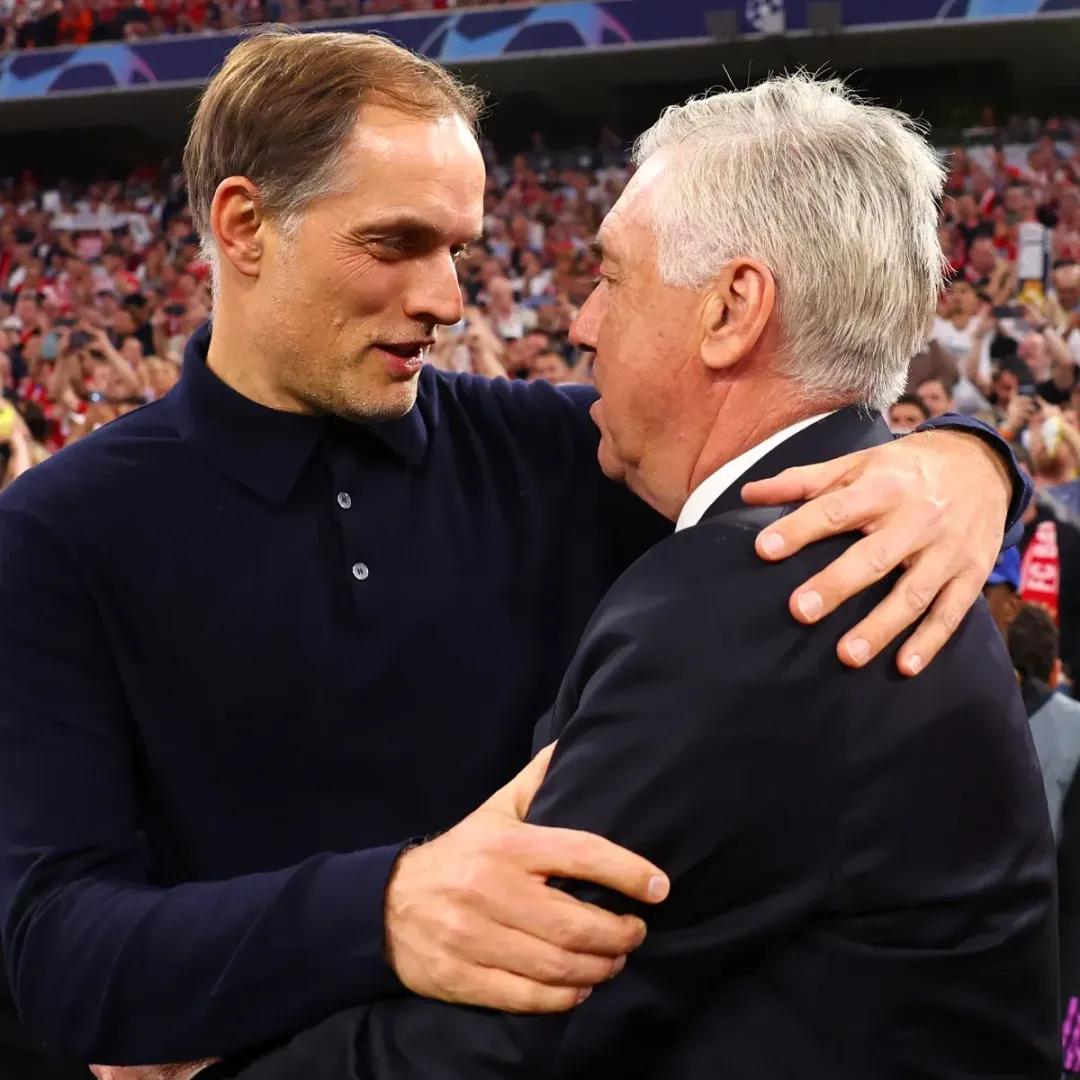
▲Two of the few top-tier coaches currently holding national team positions.

Compared to 20 years ago, the gap between the national team football environment and club football has widened further. At the 2006 World Cup in Germany, Eriksson earned 6 million euros annually coaching England; Lippi, Scolari, and Klinsmann made over 2 million euros; Pereira (Brazil), Van Basten (Netherlands), Zico (Japan), and Advocaat (South Korea) earned above 1 million euros. Back then, a 2 million euro salary in the top five leagues could secure a position at a major club. The salary gap between clubs and top national teams was small enough to retain some elite coaches in national team roles.
Today, top coaches at major clubs in the big five leagues earn well over 6 million euros annually. Outside the special "petrodollar" leagues, Guardiola, Arteta, Simeone, and Enrique in Europe all exceed 10 million euros. This season, the minimum annual salary for Premier League coaches is at least 1.5 million euros. Although there are differences across Europe's four major leagues, most coaches earn over 1 million euros. Yet, except for the South American giants and seven European powerhouses, national team coaching salaries remain nearly unchanged from 20 years ago.
Take the four coaches who were dismissed in October as examples: Stoiković’s first contract paid only 600,000 euros yearly, rising to 1.4 million after World Cup qualification; Kluivert in Indonesia earned around 1 million euros; Hašek in the Czech Republic earned even less, just 250,000 euros.
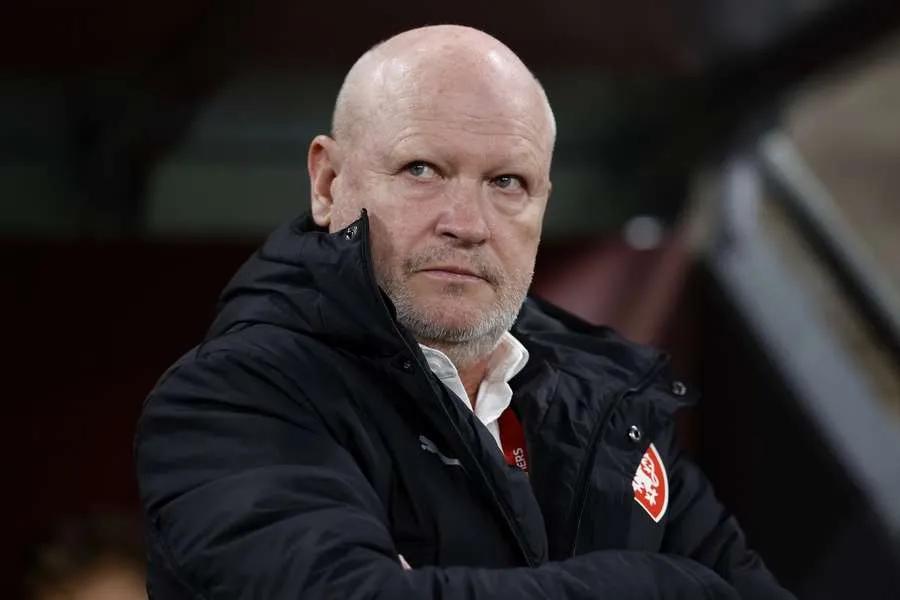
▲Hašek was disgracefully dismissed after losing to the Faroe Islands.
At the 2022 World Cup, eight coaches earned less than 500,000 euros annually, with Kadri (Tunisia) at the lowest, only 130,000 euros. Ninety percent of national team coaches earn under 1 million euros per year, and over 70% earn below 500,000 euros. The unprecedented coaching rewards in club football are a core factor attracting top coaches. The national team coaching ecosystem simply cannot compete with club football in terms of salary scale.
Compared to the comprehensive advantages of big five league clubs—professional management, player quality, and financial strength—national team coaches face tougher communication challenges and must integrate teams in much shorter training periods. While club coaches manage 40 to 50 matches per season, national team coaches have at most 10 matches per World Cup cycle to secure their jobs. Considering the number of federations impacted by the World Cup expansion has nearly doubled from 50-60 to almost 100, the survival pressure on national team coaches is immense.
The number of first-class coaches available in the national team sphere is relatively scarce. Even when federations have ambition and funds, it is difficult to find high-level coaches. Coaches long entrenched in the national team world often become the default choice for mid- and lower-tier federations. This creates a vicious cycle of low standards in the national team coaching ecosystem.
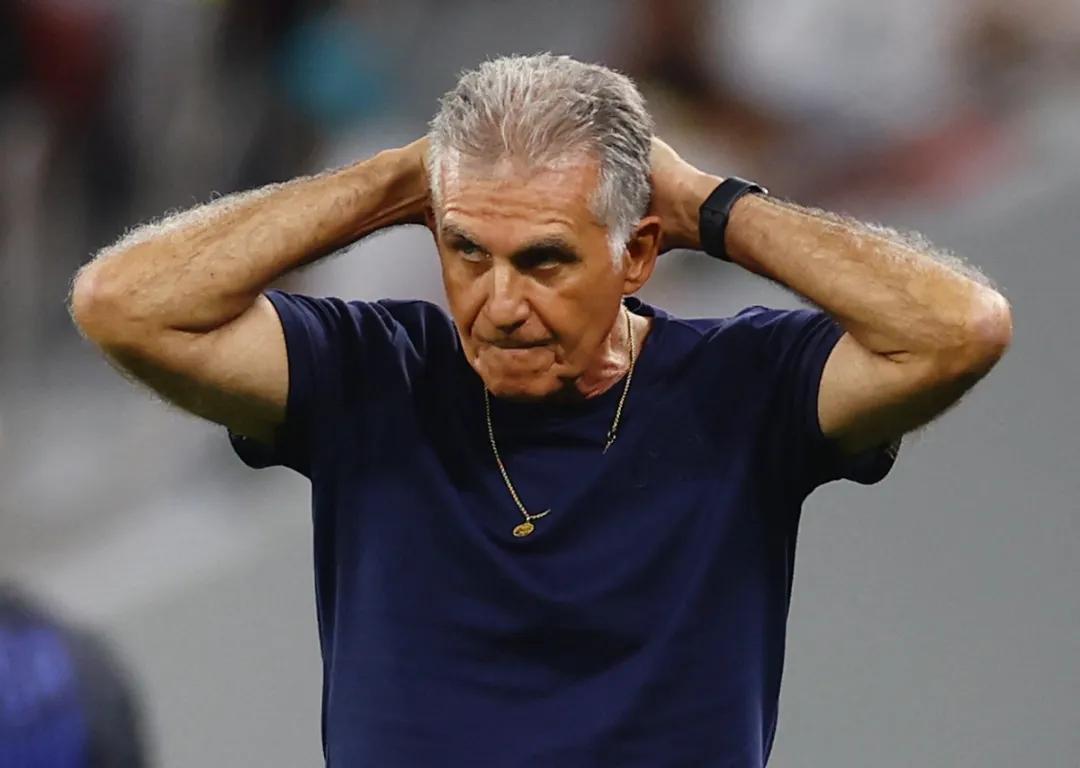
▲Queiroz’s national team coaching career spans three continents.

Originally, the club football and national team football ecosystems could coexist symbiotically due to the World Cup’s influence, allowing some flow of top coaches between them. But with the rapid growth of the Champions League and the big five leagues, especially the Premier League, the gap between these two ecosystems is widening unprecedentedly.
With the World Cup expansion, second- and third-tier national teams that previously struggled to reach the finals now see qualification hopes, making the national team coaching ecosystem more fragile. The demand for top coaches from these teams has surged, but the club football ecosystem’s superior success rates and commercial value drastically reduce the chance of top club coaches moving to national teams.
Meanwhile, coaches dismissed from club football increasingly flow into the national team ecosystem, further lowering the overall coaching quality and intensifying the survival crisis. Given the growing capital and influence advantages of club football, it is nearly impossible for national team football to reverse this trend of being flooded with rejected club coaches. Consequently, under the World Cup expansion, becoming a national team head coach is becoming ever more difficult.
About 20 years ago, top coaches like Guus Hiddink could move back and forth between national teams and major clubs. Now, coaches in the national team sphere find it very hard to establish themselves again in the big five leagues. The original mutual exchange between club and national team football has gradually become a one-way flood of rejected club coaches into national teams. Most current national team coaches are relatively unknown to fans; those with some reputation are mostly former club coaches abandoned by the club world who have switched to national teams.
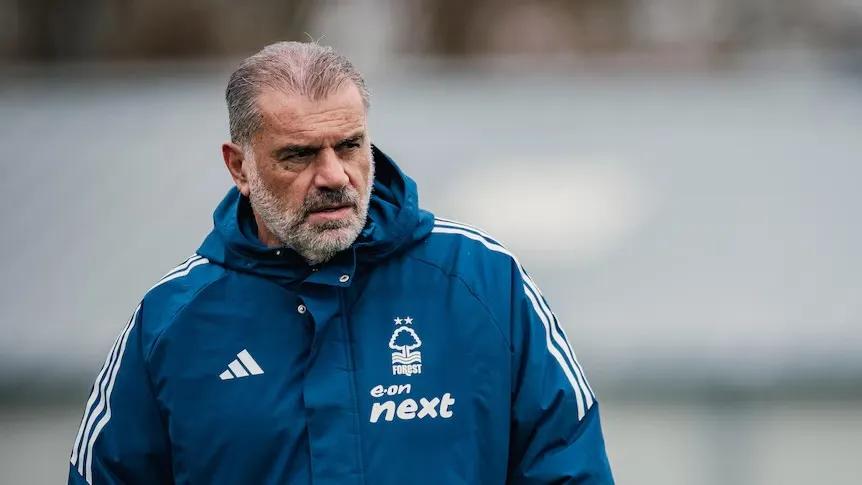
▲From coaching Australia’s national team to managing in the Premier League, Ange Postecoglou also honed his skills in the J-League and Scottish Premiership for many years.
There are many such former club coaching failures in the national team domain. Outside the major national teams, coaches like Queiroz (Oman), Bielsa (Uruguay), McClaren (Jamaica), Rangnick (Austria), Rudi Garcia (Belgium), Lopetegui (Qatar), and Montella (Turkey) are basically failures dismissed from the big five leagues. Prosinetski, who was dismissed from Montenegro in September, like Kluivert, proves that brilliant players are not necessarily great coaches.
This influx of coaches from clubs to national teams has greatly impacted the national team coaching ecosystem. It is nearly impossible to see the vibrant, tech-savvy young European coaches in national teams. Apart from “retirement coaches” like Queiroz, Advocaat, and Lucescu, the rest are experienced veterans such as Aguirre, Katanec, Pizzi, Batista, and Hašek.
It is even hard to recall the most recent national team coach who left their post and successfully secured a job in the big five leagues. Postecoglou is one example, but he was dismissed by Nottingham Forest after only 39 days. Shin Tae-yong, dismissed from Indonesia earlier this year, was also recently fired by Ulsan Hyundai. Returning from national team football to a stable club position is far from easy.
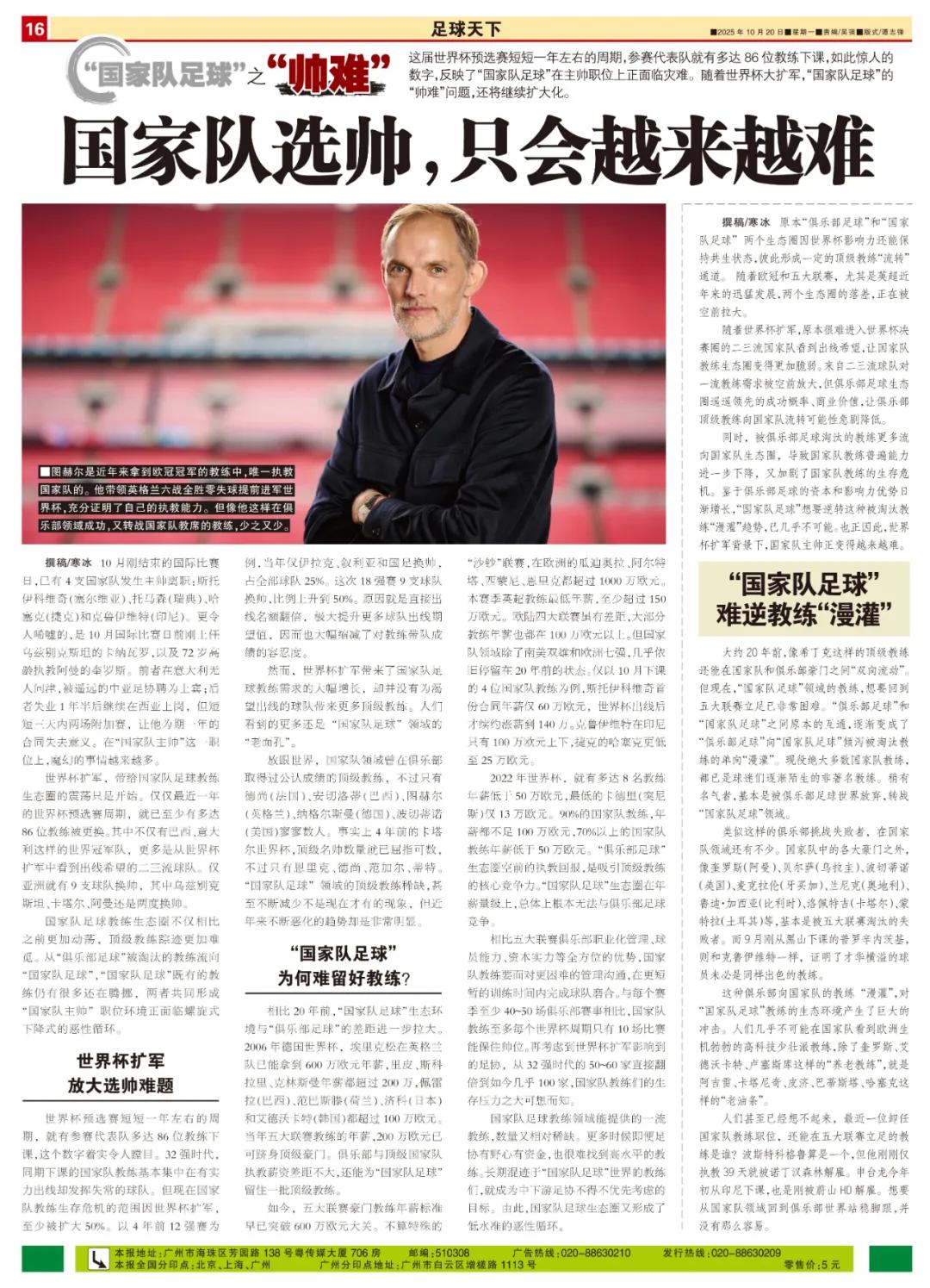


Wonderfulshortvideo
HAALAND goal today haaland goals haaland goals vs everton haaland vs everton haaland goals yesterday


arne slot post match interview slot press conference slot interview


amorim press conference amorim interview maguire goal mbeumo goal manchester united 2-1 liverpool


SALAH fail comp salah vs manchester united manchester united 2-1 salah vs united slot post match interview slot press conference








 Links
Links
 Contact
Contact
 App
App


